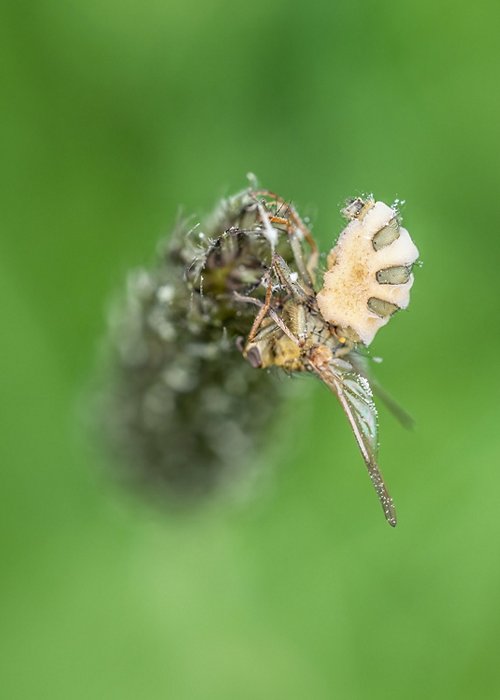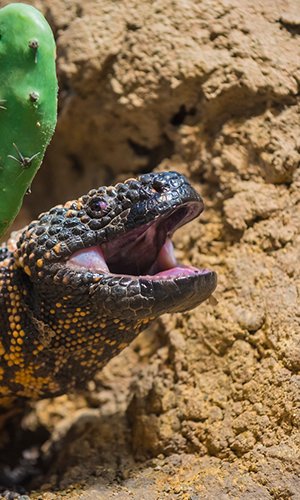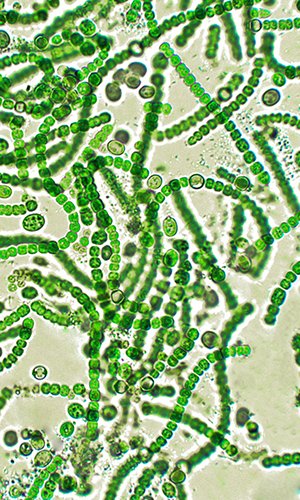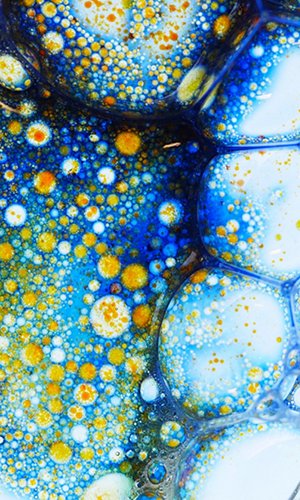How many times have we been annoyed by the persistent buzzing of a fly, impossible to shoo away despite numerous futile attempts? They may seem like pesky but harmless insects, but they can fall victim to parasites that alter their behaviour, turning them into “zombies”. But how does this work? The fungus Entomophthora muscae, literally “insect destroyer”, is an obligate pathogen fully dependent on its host. It infects flies and turns them into zombies that obey its will. It exists as white spores, which infect its victims. Once infected, the parasite doesn’t attack vital organs directly: it starts by consuming fat and other nutrients, gradually starving the fly while keeping it alive. Only after exhausting the non-vital organs does it begin controlling the fly’s behaviour, forcing it to seek out a high place and remain stuck there, ensuring wide distribution of its spores. Moreover, according to studies by evolutionary biologist Henrik H. De Fine Licht and his team at the University of Copenhagen, the fungus manipulates flies by making infected females attractive to healthy males through volatile substances. However, it’s unclear whether these substances attract male flies with the promise of sex or food. One theory is that males are drawn to what they think is food, but once close, they begin to smell less volatile compounds from corpses, triggering sexual behaviour. Most biological studies have focused on houseflies. However, Harvard molecular biologist and zombologist Carolyn Elya discovered that E. muscae also affects fruit flies, that is midges. She used rotting fruit as bait for wild fruit flies in experiments and was surprised to find some dead with white, hairy spores on their abdomens. She later analysed the spores’ DNA and confirmed the fruit flies had been infected by E. muscae. Elya, De Fine Licht and others still want to understand how the fungus begins its manipulation. One hypothesis is that E. muscae releases a chemical that activates neurons involved in the fly’s climbing behaviour. Another is that the fungus’s overwhelming presence and resulting physiological changes in the fly trigger the fly’s own neurons to release chemicals and start the process. A recent study from the University of California, Berkeley - co-authored by Elya - found that E. muscae might not act alone. The fungus appears to be infected by a virus at the same time it parasitises both houseflies and fruit flies. It remains to be seen whether this virus helps the fungus control the fly. Researchers have yet to reach a final conclusion, but each day brings important new discoveries about how this fungus works, revealing it to be ever more complex and fascinating.
By Francesco Carli and Matteo Sangiorgio, 3L, Liceo Scientifico Vittorio Veneto, Milan




